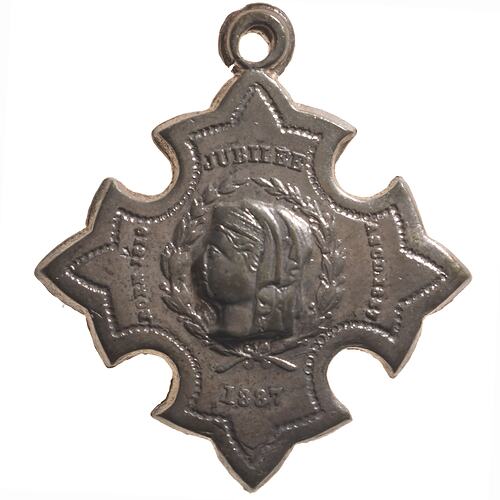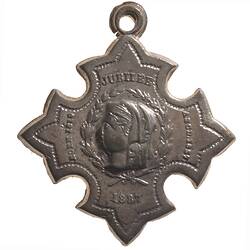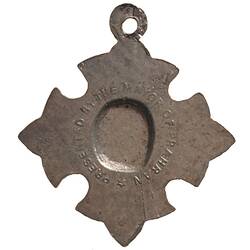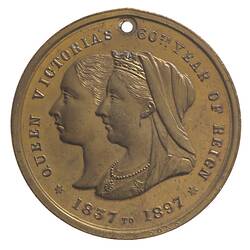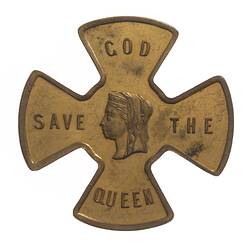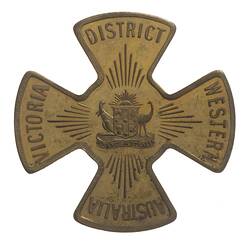Victoria was born in London on 24 May 1819, the only daughter of Edward, Duke of Kent, the fourth son of George III. She became heir to the throne because her father died shortly after she was born and the three uncles ahead of her in succession - George IV, Frederick Duke of York, and William IV - had no legitimate children who survived.
Victoria was educated by a governess at home. She had a gift for drawing and painting, and was considered warm-hearted and lively. In 1837 at the age of eighteen Victoria became Queen. Three years later, after a series of half-hearted interviews with prospective husbands, she married Prince Albert, Duke Ernest of Coburg, brother of Queen Victoria's mother, the Duchess of Kent.
Queen Victoria was initially guided by her Prime Minister, Lord Melbourne, and her husband, both of whom demonstrated to her how to be a ruler in a 'constitutional monarchy' where the monarch had few powers but could exert considerable influence. Albert was a devoted husband and trusted advisor in affairs of state, and became an important aid to Victoria. He also managed her household and took an active interest in the arts, science, trade and industry. He is best remembered for the Great Exhibition of 1851, the profits of which helped establish the South Kensington museum. Victoria and Albert's marriage produced nine children, most of whom married into the other royal families of Europe: Edward VII (born 1841, married Alexandra, daughter of Christian IX of Denmark); Alfred, Duke of Edinburgh and of Saxe-Coburg and Gotha (born 1844); Arthur, Duke of Connaught (born 1850); Leopold, Duke of Albany (born 1853); Victoria, Princess Royal (born 1840, married Friedrich III, German Emperor and was mother to Kaiser Wilhelm II, who led Germany into World War I); Alice (born 1843); Helena (born 1846); Louise (born 1848); Beatrice (born 1857).
Victoria was deeply attached to her husband and never recovered from his death in 1861, she wore black for the rest of her life and withdrew from public view until the late 1860s. However she never neglected her official Correspondence, and continued to give audiences to her ministers and official visitors. This seclusion resulted in strong public criticism and saw a strong republican movement develop. Seven attempts were made on her life between 1840 and 1882. Victoria's stoic response to these threats increased her popularity, as did increasing imperial sentiment from 1870.
In foreign policy, the Queen's influence was generally used to support peace and reconciliation. She urged her ministers not to intervene in the Prussia-Austria-Denmark war and helped avert a second Franco-German war. She was also a strong supporter of Empire. Although conservative in some respects - she opposed giving women the vote - she tended to favour measures to improve the lives of the poor, such as the Royal Commission on housing. She also supported many charities involved with education and hospitals.
In her later years, Victoria almost became the symbol of the British Empire and is associated with Britain's great age of industrial expansion and economic progress. Both the Golden (1887) and the Diamond (1897) Jubilees, celebrating the 50th and 60th anniversaries of the Queen's accession, were marked with great displays and public ceremonies.
Victoria died at Osborne House on the Isle of Wight, January 22nd in 1901, after a reign of almost 64 years. She was buried at Windsor beside Prince Albert.
References:
British Monarchy website http://www.royal.gov.uk
Public Broadcasting Service website http://www.pbs.org/empires/victoria/empire/albert.html
More Information
-
Keywords
-
Localities
-
Authors
-
Article types
